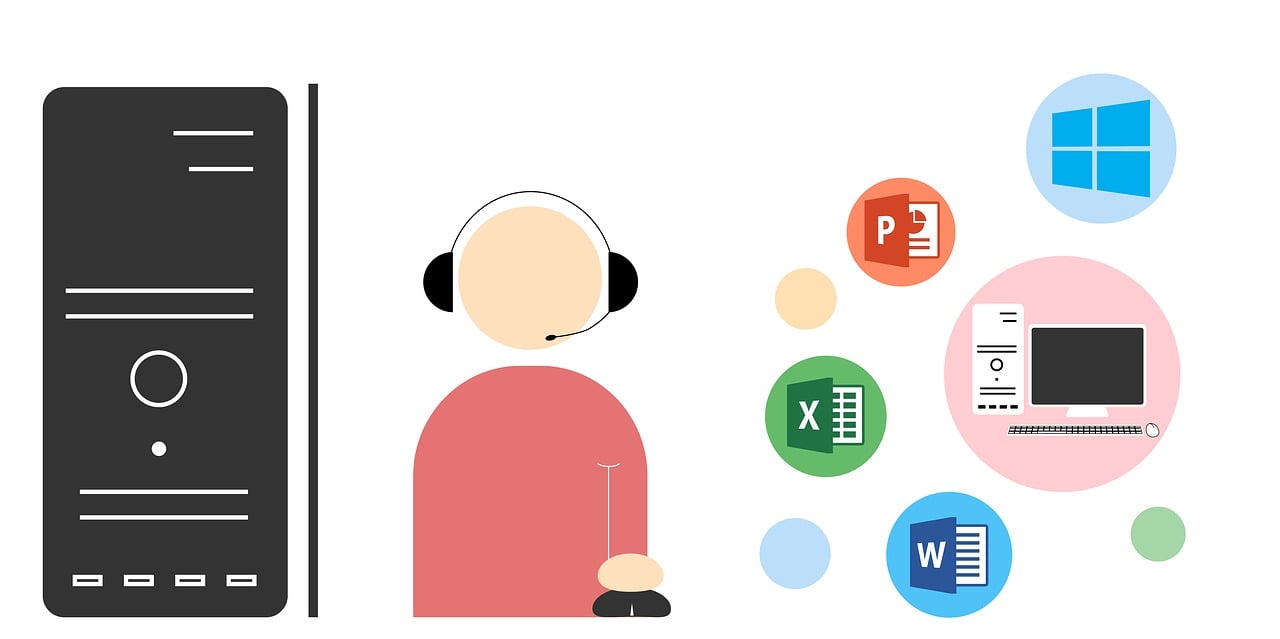The latest iPhone software update has brought a host of exciting features across various apps and system functionalities. From customizable Home Screens to enhanced privacy controls, Apple continues to push the boundaries of mobile user experiences. This blog will dive deep into the most notable features of this update, focusing on innovations in Photos, Messages, Control Centre, Lock Screen, Safari, and more. If you’re an iPhone user, here’s everything you need to know to make the most of your device’s new capabilities.
1. Home Screen Customization
The Home Screen has always been the centerpiece of the iPhone experience, but the latest update takes customization to a whole new level.
- Flexible Icon Arrangement: You now have complete control over where to place your app icons and widgets, whether along the bottom, at the top, or off to the side. This flexible layout allows for a more personalized and functional Home Screen tailored to your needs.
- Dark Icons & Aesthetic Adjustments: For users who enjoy a darker aesthetic, icons can automatically adjust to Dark Mode, or you can set them to always appear dark. This feature creates a consistent, sleek look, particularly in low-light environments.
- Colour Tinting for Icons & Widgets: Whether you want a monochrome setup or a burst of color, the colour tinting feature allows you to apply any shade to your icons and widgets. For those unsure of which colours to pick, iOS can suggest hues that complement your wallpaper, creating a harmonious design.
- Larger Icons: If you prefer a clean, minimalist interface, you can now enlarge all app icons and widgets. This removes the names underneath and creates a more streamlined and simple layout.
2. Photos: The Biggest Redesign Ever
The Photos app has received its most significant update, transforming how you view, organize, and manage your media.
- Simplified Layout: The new layout brings all your media into a single view, making navigation and discovery easier than ever. No more toggling between tabs—everything you need is right there.
- Automatic Collections: With improved machine learning, the Photos app organizes your images into Collections based on meaningful topics. You can view these collections as a collage, grid, or memory, or even on a map to track where photos were taken.
- Customizable Collections: Want more control? You can now reorder, add, or remove rows of collections, giving you the ability to customize your photo library layout. The Pinned Collections feature allows you to pin your favorite items for quick access.
- Groups in People & Pets: For those with a lot of group photos, this feature is a game changer. The Photos app can now automatically group photos of your favorite people and pets who appear together frequently, making it easier to relive memories.
- Trips & Recent Days: The Trips feature automatically organizes your travel photos into specific collections, allowing you to revisit past adventures effortlessly. Additionally, the Recent Days feature organizes your latest photos by day, filtering out clutter like screenshots.
- New Utilities Section: The Utilities section now houses your documents, receipts, QR codes, and other important items, all organized in one place. It also surfaces images that were previously hidden due to database corruption, which are now stored in the Recovered Album.
3. Messages: Enhanced Conversations
Messages have evolved to bring even more life to your chats and conversations.
- Text Effects: Want to emphasize a point in a message? Now, you can use dynamic and animated effects like explode, ripple, or nod to amplify any letter, word, or emoji in iMessage. These effects add an exciting, engaging element to your conversations.
- Text Formatting: Bring more nuance to your messages with formatting options like bold, italics, underline, and strikethrough. These simple but effective features help convey the right tone in your communication.
- Send Later: Perfect for planning ahead, the Send Later feature allows you to compose a message and schedule it to be sent at a future time.
- RCS Support: The latest update brings Rich Communication Services (RCS) support, which includes delivery and read receipts, higher resolution photos and videos, and improved messaging for non-iPhone users, provided your network supports it.
4. Control Centre: Redesigned and Customizable
The Control Centre has received a significant makeover, giving you more power to customize and organize controls according to your preference.
- Group Controls: You can now organize your most-used controls, such as Home, Media Playback, and Connectivity, into easily accessible groups. Swipe continuously from the right edge to reveal these controls, improving efficiency and reducing clutter.
- Third-Party App Controls: A new gallery of controls lets you add functions from third-party apps to your Control Centre layout. This level of customization means you can tailor your Control Centre exactly how you like it.
- Resizable Controls: Need more space for a particular function? The new resizable controls allow you to expand certain tools within the Control Centre by dragging from the lower-right corner.
5. Lock Screen: A More Personal Touch
The Lock Screen experience is now even more personal and interactive.
- Customizable Action Button: The new Action Button can be customized with controls from the Control Centre or your favorite apps, specifically for iPhone 15 Pro and Pro Max users.
- New Font Options: With 10 new numeral scripts for customizing the clock on your Lock Screen, including options in Bangla, Gujarati, Odia, and more, the iPhone caters to a wider range of global users.
6. Safari: Enhanced Browsing
The latest version of Safari includes new features that improve browsing privacy and user experience.
- Distraction Control: Block distracting elements like pop-ups, ads, or widgets on websites, allowing you to focus on the content you care about.
7. Passwords App: Streamlined Credential Management
Managing your digital credentials has never been easier.
- All-in-One Password Storage: The new Passwords app consolidates all your credentials, including passwords, passkeys, Wi-Fi information, and two-factor authentication codes in one place.
- Verification Codes: Two-factor authentication codes can now be stored and autofilled without leaving Safari, streamlining the login process.
- Secure Syncing: Your passwords are now stored with end-to-end encryption and sync across your Apple devices via iCloud, ensuring your credentials remain secure.
- Windows Support: For users who also use Windows devices, the iCloud Passwords app lets you access your stored credentials seamlessly.
8. Maps: Improved Navigation & Custom Routes
Maps has expanded its functionality to make planning and navigation more personalized.
- Custom Routes: Create walking or hiking routes with just a few taps, perfect for your morning exercise routine or exploring new destinations while on holiday.
- Places Library: The Places Library now consolidates all your saved places, guides, and hiking routes, making it easier than ever to navigate through your favorite spots.
9. Gaming & Wallet
- Game Mode: For gamers, Game Mode minimizes background activity to deliver high frame rates and improved responsiveness, ensuring a seamless gaming experience.
- New Wallet Features: Wallet now offers more ways to pay, including installments and rewards on supported credit and debit cards. You’ll also notice a sleeker design for digital passes.
10. Privacy & Security: Taking Control of Your Data
Apple’s commitment to privacy continues to evolve with this update.
- Locked & Hidden Apps: You can now lock sensitive apps behind Face ID or Touch ID, preventing unauthorized access. Hidden apps are also secured and won’t send notifications or calls, adding another layer of protection.
- Improved Contacts Permissions: Choose which contacts to share with apps, giving you more granular control over your personal information.
11. AirPods, Apple TV, and More
- AirPods Features: With Voice Isolation and Hands-Free Siri Interactions, AirPods users can now enjoy clearer calls and more convenient voice commands, even in noisy environments.
- Apple TV App Enhancements: The InSight feature provides real-time information for live-action Apple TV+ content, while Enhance Dialogue makes it easier to hear conversations over loud background music.
12. Notes & Accessibility
- New Notes Features: Record audio directly in a note and have it transcribed live, making the Notes app even more versatile for meetings or personal reminders.
- Eye Tracking & Music Haptics: Accessibility options now include Eye Tracking for users with limited mobility, while Music Haptics provides a tactile way to experience music for those who are deaf or hard of hearing.


















